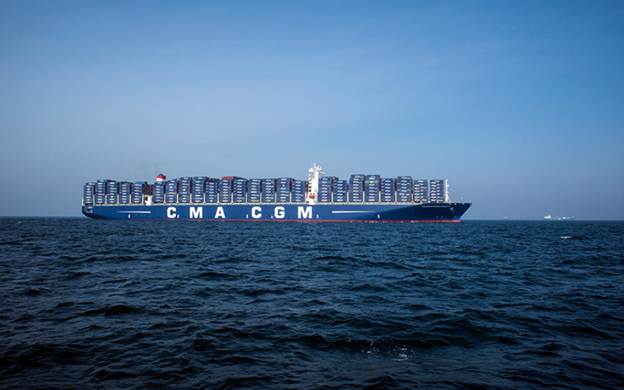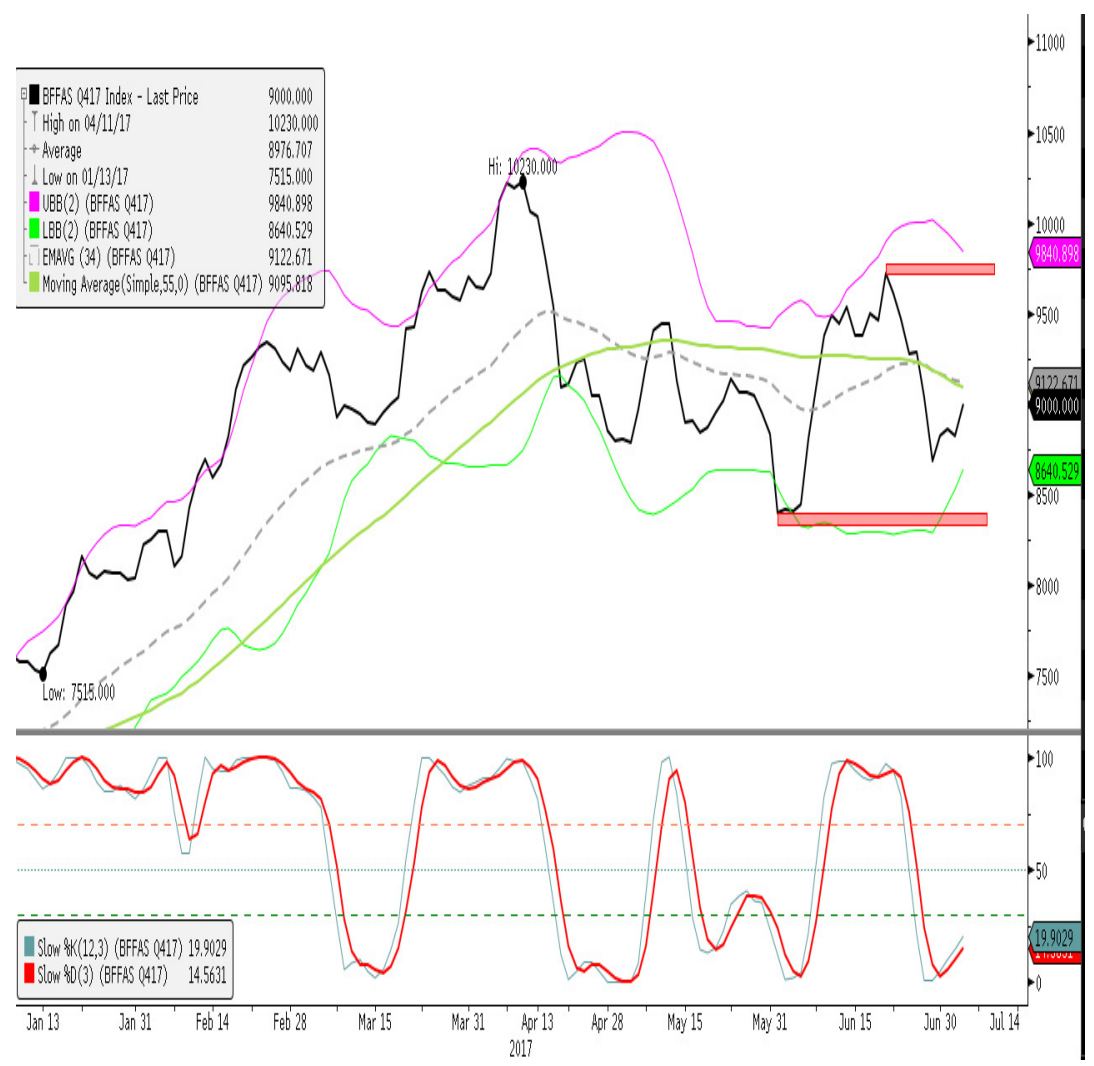In International Shipping News 18/07/2017
Moody’s Japan K.K. says that the outlook for the global Shipping industry is stable, underpinned by a moderation in the excess supply in vessels for the dry bulk and containership sectors, while EBITDA for the rated shipping companies, generally, will fall modestly this year on an organic basis, excluding M&A.
Ship Finance
Hamilton, Bermuda-based Ship Finance International Ltd’s stock rose 1.14%, finishing last Friday’s trading session at $13.35. A total volume of 551,344 shares was traded. The Company’s shares have gained 3.09% in the last month. The stock is trading below its 50-day moving average by 0.45%. Additionally, shares of Ship Finance, which owns and operates vessels and offshore related assets primarily in Bermuda, Cyprus, Malta, Liberia, Norway, the UK, and the Marshall Islands, have a Relative Strength Index (RSI) of 52.79.
On July 13th, 2017, Ship Finance announced that its 2017 Annual General Meeting will be held on September 22nd, 2017, in Hamilton, Bermuda. The record date for voting at the Annual General Meeting is July 24th, 2017. The formal Notice of Annual General Meeting and associated information will be distributed prior to the meeting. The Company’s Annual Report on Form 20-F can be found on its website.
Seaspan
Shares in Central, Hong Kong-based Seaspan Corp. ended at $6.74, down 1.17% from the last trading session. The stock recorded a trading volume of 645,388 shares. The Company’s shares have advanced 10.31% in the past month. The stock is trading 10.25% above its 50-day moving average. Moreover, shares of Seaspan, which operates as an independent charter owner and manager of containerships in Hong Kong, have an RSI of 55.95.
On June 30th, 2017, Seaspan announced that it is continuing its discussion of employment agreement modifications with Gerry Wang, its CEO, Co-Chairman, and Co-Founder, and expects to conclude discussions prior to the end of July. There is no assurance that the duo will reach any agreement on Mr. Wang’s employment terms. For now, his existing employment agreement, entered into in May 2016 and amended in April 2017, continues to apply.
Teekay Tankers
On Friday, shares in Hamilton, Bermuda-based Teekay Tankers Ltd recorded a trading volume of 636,947 shares. The stock declined 0.58%, closing the day at $1.72. The Company’s shares are trading 7.76% below their 50-day moving average. Additionally, shares of Teekay Tankers, which engages in the marine transportation of crude oil and refined petroleum products through the operation of its oil and product tankers worldwide, have an RSI of 40.80.
On June 19th, 2017, Teekay Tankers announced that, at its 2017 Annual General Meeting held last June 15th, 2017, Kenneth Hvid, a Director of Teekay Tankers and President and CEO of Teekay Corporation, reviewed key developments since the Company’s last Annual General Meeting in June 2016. Meeting highlights included 2016 GAAP net income and adjusted net income of $62.9 million and $81.2 million, respectively, and free cash flow of $186.7 million.
Safe Bulkers
At the close of trading on Friday, shares in Monaco-based Safe Bulkers Inc. recorded a trading volume of 661,529 shares, which was higher than their three months average volume of 579,660 shares. The stock finished the session flat at $2.70. The Company’s shares have gained 14.89% in the past month, 11.11% in the previous three months, and 134.78% since the start of this year. The stock is trading above its 50-day and 200-day moving averages by 21.84% and 56.09%, respectively. Furthermore, shares of Safe Bulkers, which provides marine drybulk transportation services worldwide, have an RSI of 65.84.
On July 12th, 2017, Safe Bulkers announced that its Board of Directors has declared a cash dividend of $0.50 per share on its 8.00% Series B Cumulative Redeemable Perpetual Preferred Shares for the period of April 30th, 2017, to July 29th, 2017. The dividend will be paid on July 31st, 2017, to all shareholders of record as of July 24th, 2017.
Source: Daily Stock Tracker















